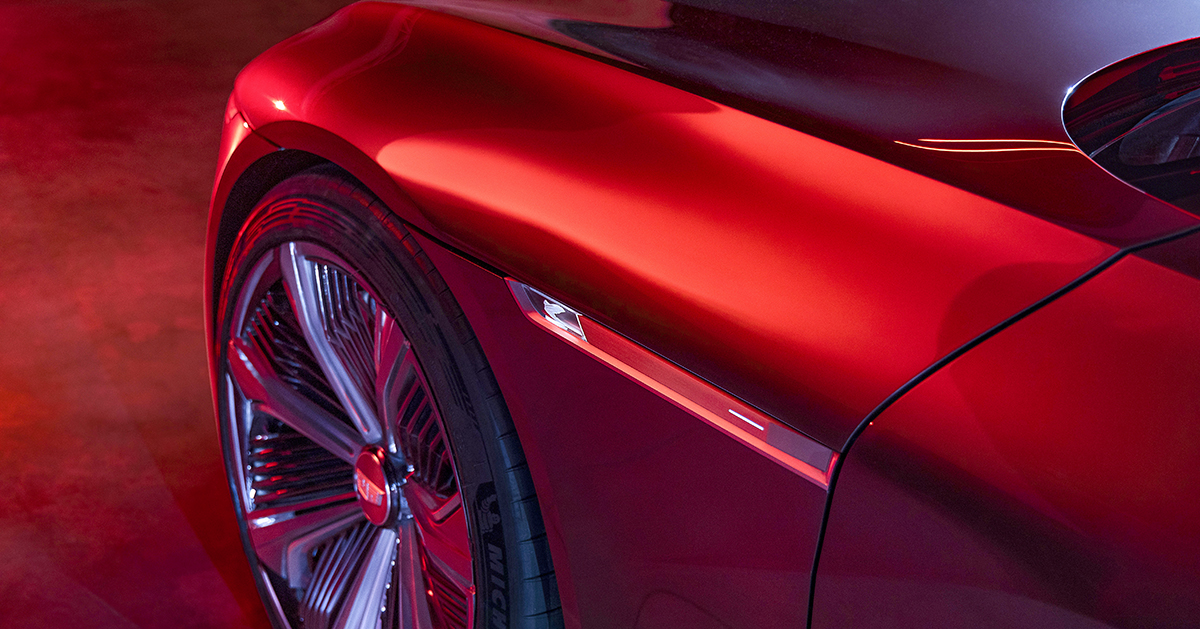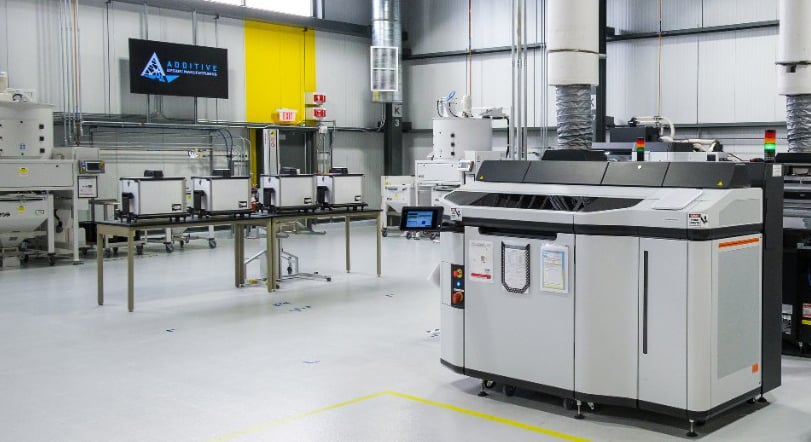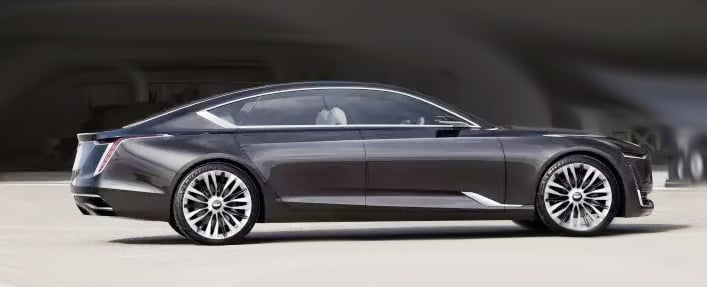As consumer prices rise and economists warn of recession, you might not think there’s much of a market for hand-built ultra luxury electric vehicles. You’d be wrong, hopes General Motors, which is investing $81 million to retool one of its Michigan production facilities where each of its new Cadillacs will be painstakingly handcrafted and customized using a wide range of 3D printed parts.
“Each one will be hand-built by an amazing team of craftspeople on our historic Technical Center campus, and today’s investment announcement emphasizes our commitment to delivering a world-class Cadillac with nothing but the best in craftsmanship, design, engineering and technology,” said Mark Reuss, president, General Motors in a statement. “As Cadillac’s future flagship sedan, Celestiq signifies a new, resurgent era for the brand.”

Plans for the Celestiq include more than 100 3D printed components, more than any previous GM production vehicle. The electric sedan will be the first production vehicle to be hand-built on-site at GM’s Global Technical Center, which is typically the center of the company’s engineering and design efforts. The Center will be home to a fleet of 3D printers and the production facility itself will use additive manufacturing for tooling, fixtures and gauges in the assembly process, GM says.
The Celestiq will feature both structural and cosmetic 3D printed parts in both polymer and metal.

Building on a History of 3D Printing Innovation
“The advanced manufacturing technology and tools we are utilizing on Celestiq will help our team deliver the highest quality vehicles to our customers,” said Gerald Johnson, executive vice president of Global Manufacturing and Sustainability. The Cadillac CT4-V and CT5-V were GM’s first vehicles to benefit from additive manufacturing with parts including the shifter emblem, transmission components and HVAC ducts.
General Motors has invested heavily in additive manufacturing. The company opened a 15,000-square-foot 3D printing facility in Warren, Mich., in 2020 known as the Additive Industrialization Center (AIC). The AIC is said to be entirely dedicated to advancing additive manufacturing technology in the automotive world, from both a production and a manufacturing standpoint. The facility includes dozens of 3D printers, which create polymer and metal solutions. GM’s additive design and manufacturing team leverages a number of processes at the AIC, including selective laser sintering, selective laser melting, Multi-Jet Fusion and fused deposition modeling.
“The core component of GM’s transformation is becoming a more agile, innovative company, and 3D printing will play a critical role in that mission,” said Audley Brown, GM director of Additive Design and Materials Engineering. “Compared to traditional processes, 3D printing can produce parts in a matter of days versus weeks or months at a significantly lower cost.”

The Celestiq Mystique
The Cadillac Celestiq will be built on GM’s Ultium Platform, which is the heart of the company’s EV strategy. The Ultium Platform encompasses a common electric vehicle architecture and propulsion components including battery cells, modules, packs, Ultium Drive units, EV motors and integrated power electronics.
Through the Ultium Platform, GM will realize a strategic value chain shift across its network of vehicle assembly plants as the company commonizes and streamlines machinery, tooling and assembly processes. This flexibility enables lower capital investments and greater efficiencies as additional assembly plant transformations occur.
Lead image source: Cadillac CELESTIQ show car from GM
License: The text of "GM to 3D Print Much of its New Cadillac Celestiq" by All3DP Pro is licensed under a Creative Commons Attribution 4.0 International License.